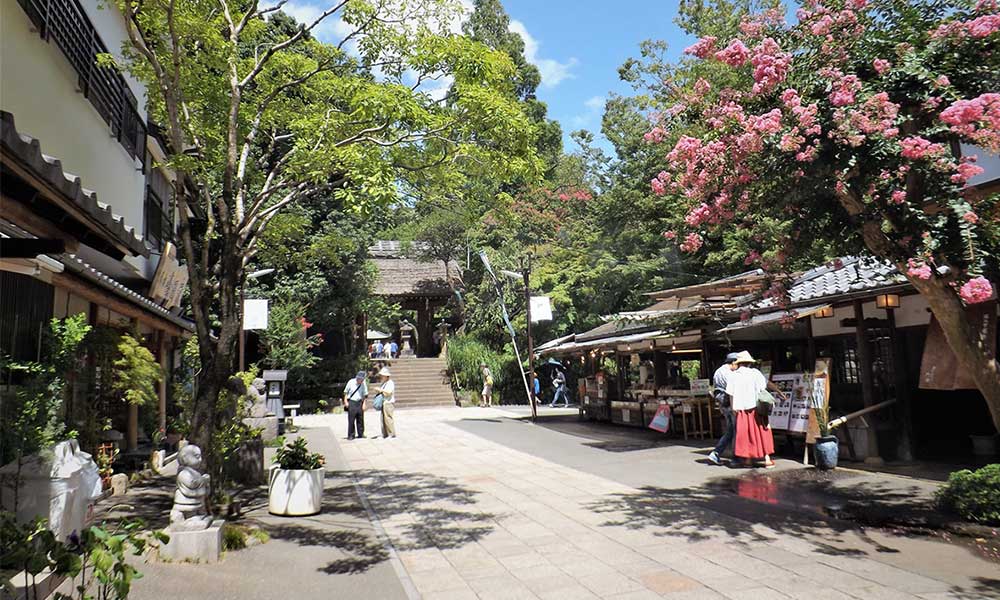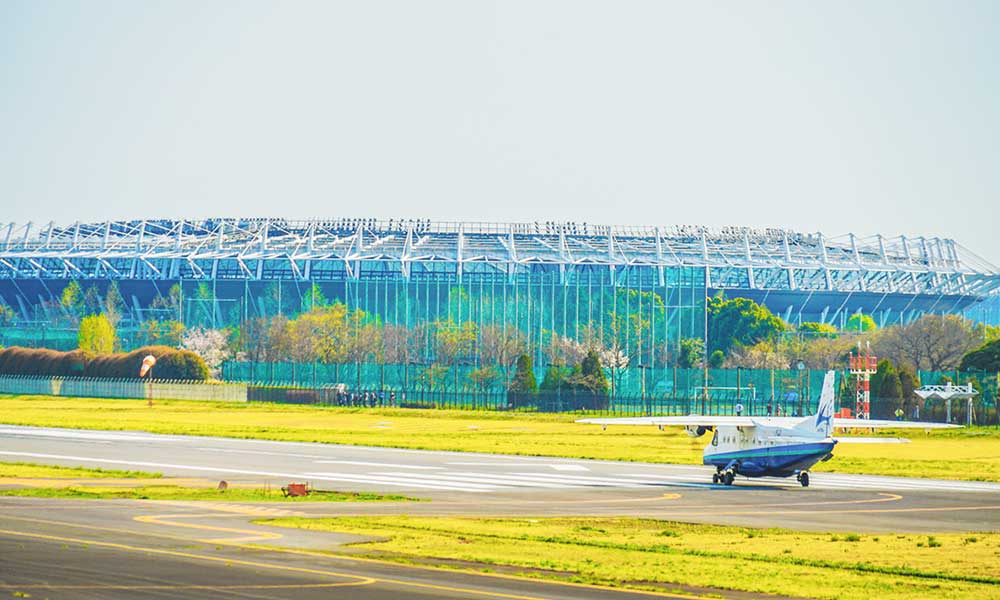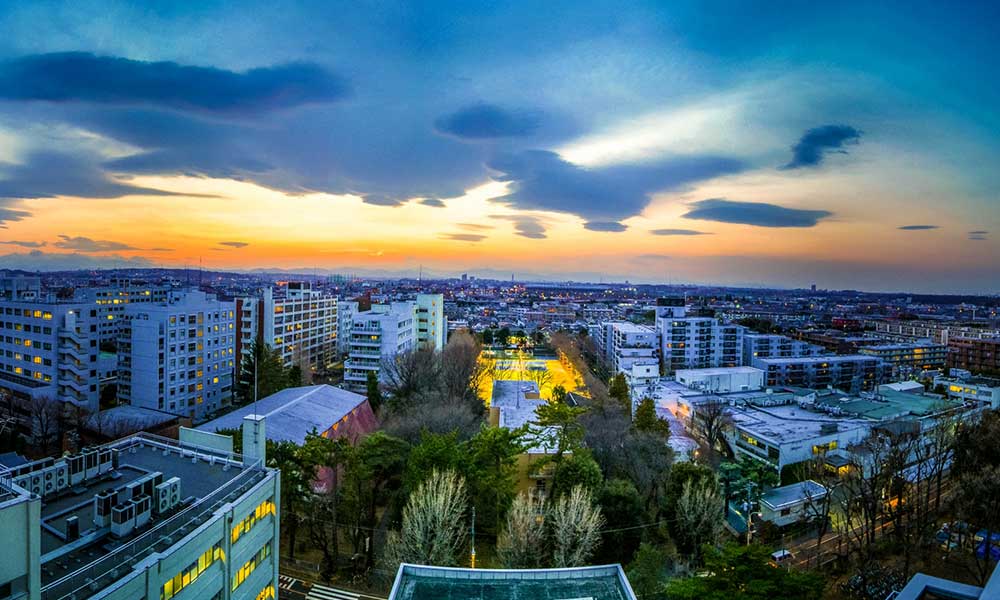Chofu City, Tokyo東京都調布市
Living in Chofu City, Tokyo

We have Summarized the livability of Chofu City, Tokyo.
KITATAMA AREA北多摩地域
-
- TACHIKAWA CITY 立川市
-
- NISHITOKYO CITY 西東京市
-
- MUSASHINO CITY 武蔵野市
-
- HIGASHIKURUME CITY 東久留米市
-
- MITAKA CITY 三鷹市
-
- CHOUFU CITY 調布市
-
- KOMAE CITY 狛江市
-
- KIYOSE CITY 清瀬市
-
- HIGASHIMURAYAMA CITY 東村山市
-
- KODAIRA CITY 小平市
-
- KOGANEI CITY 小金井市
-
- FUCHUU CITY 府中市
-
- KOKUBUNJI CITY 国分寺市
-
- KUNITACHI CITY 国立市
-
- HIGASHIYAMATO CITY 東大和市
-
- MUSASHIMURAYAMA CITY 武蔵村山市
-
- AKISHIMA CITY 昭島市
CONTENTS
- What kind of place is Chofu City, Tokyo?
- Chofu CityPR video
- How is the traffic situation in Chofu City?
- How are the rent and land prices in Chofu City?
- How is childcare and education in Chofu City?
- How about shopping in Chofu City?
- How about jobs and recruitment in Chofu City?
- Chofu City’s unique subsidy/subsidy system
What kind of place is Chofu City, Tokyo?

Chofu City: A city where nature and the city coexist in harmony and where there is an airport
Chofu City is located almost in the center of Tokyo and has an area of approximately 21.58 square kilometers.
It borders Mitaka City and Koganei City to the north, Setagaya Ward and Komae City to the east, Inagi City and Kawasaki City, Kanagawa Prefecture to the south, and Fuchu City to the west.
It has a population of approximately 239,000 and approximately 123,000 households (as of June 2023).
The topography is composed of the Musashino Plateau, which is the highest area, the Tachikawa Terrace in the center of the city, and the Tama River lowlands, which is the lowest area.
The name of Chofu City is said to come from the fact that cloth was paid as a tax in the old tax system (a payment of local specialties).
The name “Chofu” comes from the fact that cloth was paid as a tax in the old tax system (a payment of local specialties).
The city’s history dates back to the Edo period, when the Koshu Kaido road was developed and five post towns, Kokuryo, Shimofuta, Kamifuta, Shimoishiwara, and Kamiishiwara, were located.
In the Meiji period, the villages of Kamiishiwara and Tobitagyū merged to form Chofu Town, and the villages of Jindaiji and Kaneko merged to form Jindai Village, and the city gradually took shape.
Many schools were also established around this time. As a result of this, Chofu City is still home to many high schools and universities today.
In the Taisho period, the area gradually modernized as the railway opened and housing development progressed.
In the Showa period, Chofu was incorporated as a city in 1955, and in the 1960s, large housing complexes were built one after another, causing a rapid population increase and developing into one of the leading residential areas in Tokyo.
Today, Chofu is a popular area with a good living environment, close to the city center and abundant nature, while there are areas lined with commercial facilities centered around Chofu Station.
The symbol of the town is the historic Buddhist temple “Jindaiji Temple,” which is said to have been founded in the Nara period.
The temple is home to the bronze seated statue of Shaka Nyorai, a national treasure, and the temple bell, an important cultural property, and is also popular as a power spot for warding off evil and finding love.
The surrounding area is rich in nature, and there are streets lined with souvenir shops, including soba restaurants where you can eat the local specialty “Jindaiji Soba,” making it a popular spot visited by many worshippers throughout the year.
The temple is especially lively during the “Jindaiji Daruma Market” held in March and the “Hoozuki Festival” held in July, when visitors fill the approach to the temple.
Jindaiji is also famous as the birthplace of Mizuki Shigeru, known for “GeGeGe no Kitaro.” The “Kitaro Chaya” on the approach to the temple is a popular spot visited by many fans.
The Tokyo Metropolitan Jindai Botanical Garden, adjacent to the north side of the temple, is also a popular spot. A wide variety of plants are planted in the garden, including a rose garden and a cherry blossom garden, and it is famous for its night illuminations and plum and cherry blossom viewing spots.
Another famous spot in the city is Chofu Airport.
As the gateway to the sky connecting the mainland and the Izu Islands, it is a place that is bustling with many users every day. It is also used as a takeoff and landing site for helicopters and other aircraft.
In addition, it is famous for the vending machines in the airport where you can purchase seafood from the Izu Islands.
PR video of Chofu City, Tokyo
“Feel Chofu” is a video showcasing the charms of Chofu
【A photogenic spot to visit Jindaiji with the Sansans】
How is the traffic situation in Chofu City?

Chofu City is easily accessible by train and bus
There are two train lines and nine stations in Chofu City. It takes about 40 minutes to get to Tokyo Station and about 20 minutes to get to Shinjuku Station.
| Chofu Station | Keio Line・Keio Sagamihara Line |
| Tobitakyu Station | Keio Line |
| Tsutsujigaoka Station | Keio Line |
| Nuda Station | Keio Line |
| Sengawa Station | Keio Line |
| Kokuryo Station | Keio Line |
| Nishichofu Station | Keio Line |
| Shibasaki Station | Keio Line |
| Keio Tamagawa Station | Keio Sagamihara Line |
The bus routes available in Chofu City are Keio Dentetsu Bus, Odakyu Bus, and Kanagawa Chuo Kotsu.
You can also use the community bus “Chofu City Minibus,” which operates to major facilities in the city at a relatively low price.
There are also buses that go directly to major facilities, such as Haneda Airport and Narita Airport, and Tokyo Disney Resort.
The expressway that can be accessed from Chofu City is the Chuo Expressway, and the entrance and exit is Chofu IC.
The road that runs through Chofu City is National Route 20, which runs from Chuo Ward, Tokyo, through Kanagawa Prefecture and Yamanashi Prefecture to Shiojiri City, Nagano Prefecture.
Chōfu City is also home to Chōfu Airport, which has regular flights to Tokyo’s outlying islands, such as Oshima and Miyakejima.
It is in a great location with good access to both the central Tokyo area of Shinjuku and the natural beauty of the Tama area.
The only train that runs through the area is the Keio Line, and access to other lines is not very good.
How are the rent and land prices in Chofu City?

Chofu City: A residential area surrounded by nature and offering a variety of housing options
According to information from a real estate information website, the average rent in the ward is about 90,000 yen for a 1K apartment and 131,000 yen for a 2DK apartment within a 10-minute walk from the station.
The average land price is about 1.39 million yen per tsubo.
The average price of a new apartment is 55.15 million yen, the average area is 62.83 m2, and the average price per tsubo is 2.902 million yen per tsubo. (As of 2018-2022)
Chofu City is located in Tokyo, and housing demand is high due to its relatively good access to the city center.
Apartments and apartment complexes are concentrated around stations and commercial facilities in the city, making it popular with people looking for a location close to the city center.
Housing prices are generally slightly lower than in central Tokyo, but reflecting the good access from the city center and high convenience, they are in a reasonable price range. Detached houses and luxury apartments can be expensive, but in some areas you can find properties that are relatively affordable.
The area has good access to major cities such as Shinjuku Station, making it very convenient for commuting.
Because it is close to the city center and highly convenient, as well as being in a great location surrounded by nature, housing prices and rents tend to be high.
How is childcare and education in Chofu City?

Chofu City: A city with childcare support and local communities that make the most of the natural environment
Chofu City has 36 nurseries, 15 kindergartens, 22 elementary schools, 11 junior high schools, 6 high schools, and 9 junior colleges and universities.
The “Child Medical Expense Subsidy” covers children up to 18 years old (as of March 31 after they turn 18) for both outpatient and inpatient care, and is fully subsidized.
Child allowances are provided: 15,000 yen for children under 3 years old, 10,000 yen for the first and second children aged 3 years old or older and not yet entering elementary school, 15,000 yen for the third child and onwards, and 10,000 yen for junior high school students.
Chofu City also has its own unique support system.
The “Welcome to Chofu Children Support Project” is a subsidy that provides “support” where you can talk to specialized staff about worries about pregnancy, such as early and mid-term, in interviews, and other exciting services, such as a “support gift worth 50,000 yen” during pregnancy and childbirth.
The support gift can be used for city services and when purchasing baby products within the city.
The “Postpartum Care Project” is a project that allows mothers to take a break after giving birth by consulting midwives and other professionals about childcare and development of their babies.
You can choose from day service types (same-day trips), short stay types (overnight stays), and outreach types (visits), and these services are relatively low-cost.
The First Birthday Support Program is a support measure where you can receive childcare items called a childcare package by answering a questionnaire from the city in the month of your baby’s first birthday.
There is also ample support for those who are having trouble finding someone to look after their children for various reasons, and the First Birthday Support Program provides a service that will look after children when parents get home late from work or other reasons.
There are programs such as the “Twilight Program” and the “Short Stay Program” where children can be looked after if you are unable to take care of them temporarily due to illness or childbirth.
In addition, the after-school children’s classroom program “Asobiba” is aimed at elementary school students in the city and uses facilities in the elementary school and nearby areas to provide a place where they can play and study safely after school. It is free to use and various events are held, making it a place where children can interact with the local community.
In addition, there are after-school clubs that, for a fee, can be used to look after elementary school children who are left alone after school due to their parents’ work or other reasons.
The city has all the necessary facilities from kindergarten to university, and has an environment that supports child-rearing and education.
Popular schools and school districts can be competitive.
How about shopping in Chofu City?

Chofu City: A city where you can enjoy shopping at a variety of stores
There are many commercial facilities in Chofu City.
Chofu Parco is a shopping facility located a 2-minute walk from Chofu Station, offering a wide variety of fashion, miscellaneous goods, drugstores, food, and restaurants.
Royal Plaza is a 3-minute walk from the south exit of Chofu Station, and is a complex building with restaurants, karaoke, drugstores, and more.
Grand Tower Cocty, located just a short walk from Kokuryo Station, is a 34-story, 2-story high-rise apartment building. The first and second floors are a shopping center, with a wide range of shopping facilities selling daily necessities such as supermarkets, restaurants, and drugstores. The second and third floors are a complex public facility, and the upper floors are apartment buildings, making it a complex building that is the symbol of the city.
There are also many old-fashioned shopping streets in Chofu City. One of the most famous is Sengawa Shopping Street (commonly known as Harmony Town Sengawa), located just a two-minute walk from Sengawa Station. Lined with restaurants, general stores, clothing stores, pharmacies and more, it is a popular shopping street where you can enjoy local specialty products and shops that are closely tied to the community.
There are also about 26 supermarkets in the city, including Seiyu, Coop, Maruetsu, and others, so you will have no trouble buying daily necessities.
The area in front of Chofu Station is full of shopping facilities and is a fun place to shop.
In particular, commercial facilities in front of stations often have limited parking space and are crowded, so you need to be careful when coming by car.
How about jobs and recruitment in Chofu City?
Chofu City: a city with diverse industries and convenient commuting to the city center
The average annual salary in Chofu City is 4.43 million yen.
Chofu City is an area with a thriving manufacturing industry, due in part to the influence of the large number of factories that moved there following the recovery from the Great Kanto Earthquake. Industries such as electrical equipment, food, and printing tend to be common, so you can look forward to finding jobs in these fields.
There are also many commercial facilities such as shopping malls and restaurants, and many job openings in sales and customer service.
It is located close to the city center and has good transport links, making it easy to access job opportunities in the city center.
Competition for jobs can be intense, and popular companies and positions may require you to have competitive skills and experience when applying.


















